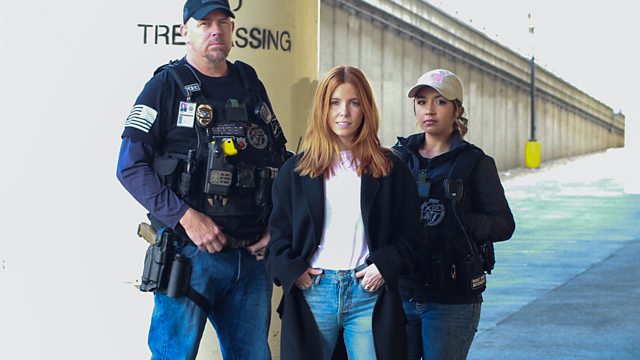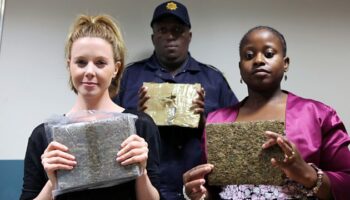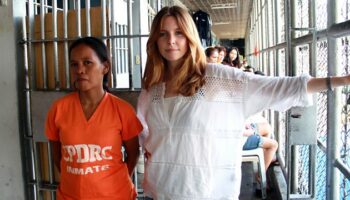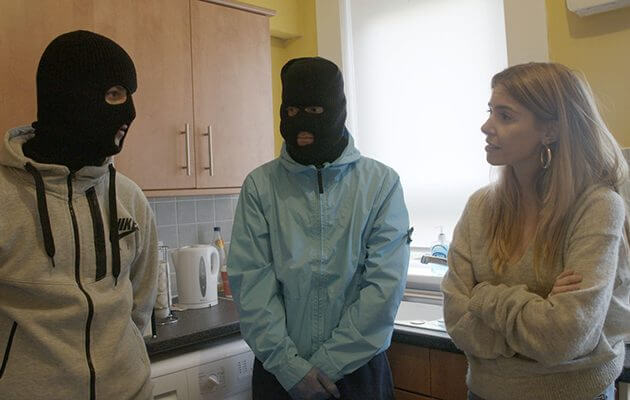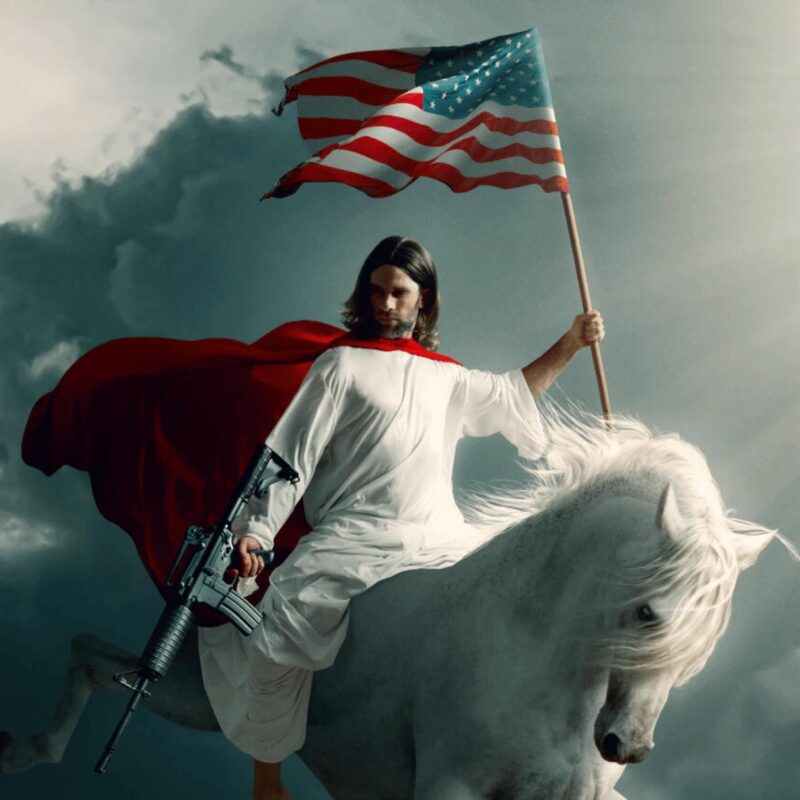description:
Stacey Dooley investigates bounty hunters in the USA as they hunt down fugitives who have skipped bail, bringing them back to face justice.
On the outskirts of Denver Colorado, Stacey immerses herself in the world of a group of bounty hunters, led by husband and wife duo Scott and Lydia Gribble. They hunt down fugitives every day, locking up as many as eleven bail dodgers a week. She sees them force their way into properties, interrogate accomplices and taser and handcuff defendants who’ve gone on the run. Stacey sees the lengths the bounty hunters will go to capture a fugitive and get paid.
In America, defendants who are too poor to bail themselves out of jail rely on bondsmen to loan them their bail money. But when they don’t play by the rules the bondsmen can send bounty hunters to go find them and bring them back to court – so the bondsman doesn’t lose his money. These bounty hunters have sweeping powers and in all states but four (Wisconsin, Illinois, Kentucky and Oregon), nearly anyone, with very little training, can pick up a gun and hunt down fugitives who have gone on the run.
Bounty hunters have been part of the American justice system since the 1800s, a system which uses money to make sure people don’t run away after they’ve been charged with a crime. And if defendants do go on the run, paying bounty hunters to go get them means they won’t get away. It’s a $14 billion private industry that does the job that in the UK falls to the government and police, with bondsmen making money from every defendant who needs their help and bounty hunters making money from every fugitive they capture.
Alongside the bounty hunting profession, Stacey learns how the commercial bail system works in America. Robert Boykin is the owner of Hope Bail Bonds. He pays Scott and the gang to hunt down fugitives who have skipped on the bail he has loaned the defendants, for a price. Robert says he is helping people – getting defendants out of jail who cannot afford bail on their own, while they wait for their trial.
Stacey meets and interviews the fugitives who Scott and his team arrest as well as the people around them. She learns that relatives and friends become ‘co-signers’ who play an important role in this system. They sign a contract with the bondsman and are legally bound to help the bounty hunters find the defendant if they go on the run. They also have to pay for the bounty hunters and any other costs.
Stacey meets 29-year-old Keri, who lives with her husband, grandmother and children. Keri was arrested for assaulting an ex-boyfriend, was bailed out by Hope Bail Bonds but then didn’t go to court. So Scott goes to find her and bring her back to jail. She follows the bounty hunters as they go after 21-year-old Bryce, who has missed numerous court dates but now has a job at McDonalds. She sees Scott interrogate 17-year-old Image, whose mother is the co-signer for a fugitive on the run. And in a run-down part of the city, Stacey sees the bounty hunters taser an aging meth addict who is hiding out in a drug house.
Stacey learns that defendants like these rely on bondsmen like Robert because they don’t have enough money to bail themselves out. And if they fail to play by the rules, she sees that they can soon find themselves in real difficulties, with their debts going up and bounty hunters at their door. The bounty hunters and bondsmen believe this for-profit system is the most efficient way of getting people to face justice. But it seems that the poorest and most vulnerable in society pay the highest price.
As more Americans than ever before rely on the bail industry, Stacey asks what happens when you put a price on people’s freedom?

